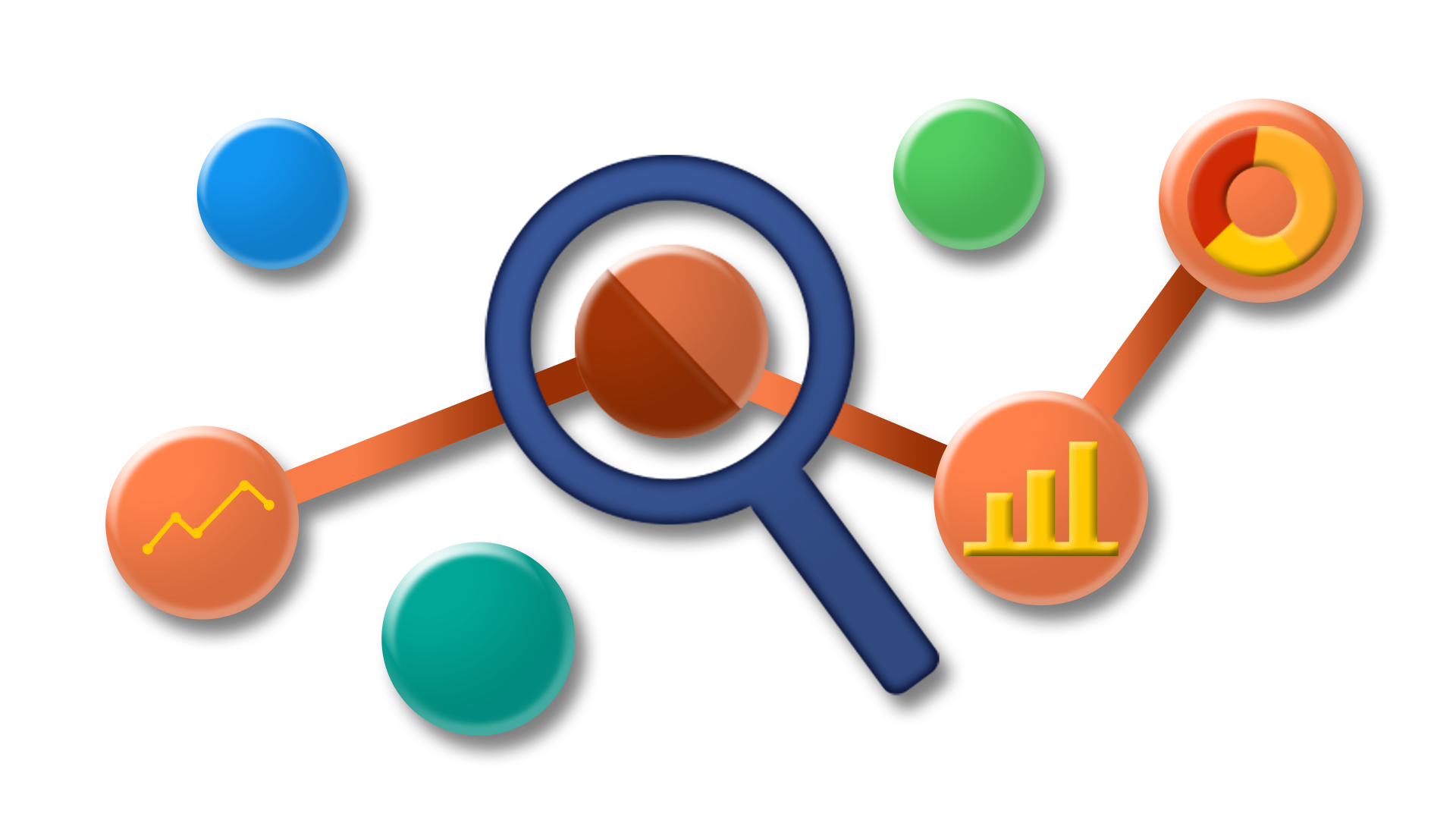Mastering Best Practices for Employee Onboarding
Unlock the secrets to successful employee onboarding with these expert tips and...


The work of learning specialists comes with a lot of TO DOs to be checked, and among their responsibilities, we could mention the following:
Thus, the monitoring is one of the final steps in the work of learning specialists, but why is it so important? First of all, because all the items mentioned above are not a one time job, but rather a repetitive process, which must be adapted on the run based on a series of factors. And the success of a certain eLearning program is one of these factors.
In order to measure it, learning specialists must take into consideration two important factors: why and who? The why refers to the objectives of your eLearning projects, because you should know what you want in order to know if you’ve achieved it, right? Also, you must be very clear about the audience you’re targeting because the notion of success always depends on the people. A certain eLearning program must deliver valuable results for some people, while being completely ineffective for others.
There are various items that learning specialists must use to measure the impact of an eLearning program, and we will talk about some of them, but you are welcomed to talk to us about other aspects that have been valuable for your evaluation. A brainstorming session between learning advocates is always a good thing, isn’t it?
This should be an important objective to be accomplished in the work of all learning specialists who deliver a training plan.. We do not want mere knowledge, but rather information that can be transferred to the workplace, helping employees to deal with certain tasks, while reacting efficiently when a certain situation they’ve encountered during the training encounters in real life.
This is where the objectives set before the training comes in place. If you know what you wish to accomplish, then you know if the performance rates in that area have risen. For example, if you want to increase the sales’ team opportunity to close rate, then that’s what you measure afterwards. If you want to raise the efficiency of a team moving from a waterfall approach to an Agile methodology, then you measure results implemented while using the new concepts.
This has more to do with the engagement you’ve brought using a specific eLearning program, which is really important and it is directly related to outcomes of it. Passive learning is never the answer, and L&Ds specialists always know that, because it is a real challenge.
Learning specialists should never forget about the importance of feedback coming from learners aka the employees, because they are the audience of your training, right? Ask them if they find it easier to complete a task after a certain training, if they found the content engaging enough, if the evaluation methods were appropriate to test the certain knowledge, etc.
This article is part of a bigger topic called: eLearning.
Unlock the secrets to successful employee onboarding with these expert tips and...

Discover how just-in-time learning can revolutionize the way you approach skill...

Learn from Jen's journey and discover a storytelling approach to L&D planning that...


































































See how our product empowers real businesses.

MMM Consulting
Collaborative learning platform, easy to use, easy to integrate learners' contribution as well, not only ours, easy way to test their connection to the program because it has all sort of tracking opportunities and options.

RE/MAX
I've searched a lot for learning platforms and I find that the Knolyx platform is the best option for us. The main reason for which we've chosen Knolyx was that it is very easy to find information when we need it, you can organise and establish learning paths for newcomers.

Romanian Banking Institute
Easy-to-use learning-app with an intuitive interface and a very useful training tracker function.

Moonstar Ventures
Knolyx has been an amazing partner in developing together the most advanced learning experience platform for businesses looking to train their workforce. The platform’s modern look, simplicity and focus on a social and gamified learning experience make all the difference.

Urgent Cargus
Knolyx product has streamlined our processes, reduced costs, and provided our users with an intelligible learning experience. Through Knolyx, we managed to deliver courses more easily to all our employees and partners, and made the induction process more efficient.

Fixthephoto.com
The Knolyx learning management system offers a mix of advanced features and a contemporary UI, as the developers focused primarily on making the user experience as convenient as possible. - read more

myCareer
I like two things best: 1/ With Knolyx, you have the ability to curate the content that your learners receive, limiting overwhelm and promoting a sustainable learning curve. 2/ Knolyx is fully gamified, where you can add interactive courses, have your learners take quizzes and then reward them with progress pages!

Learning Network
Knolyx changes the perspective upon learning: from static to dynamic, by means of interaction and gamification. Learners are constantly encouraged to become an active part of the training programs, to gain knowledge and to test their learning progress. Moreover, social learning is enforced through communities of practice, which is really valuable for us.